Today, November 11th, is traditionally the feast day of Saint Martin. Martin was a 4th-century soldier who, when still only eighteen, arrived with his troops at the city gates of Amiens. As the soldiers filed into the city they passed a beggar. Martin was the only one who stopped, but being poor himself he had nothing to give. Instead, he tore his cloak in half and gave half to the beggar as some protection against the winter cold.
That night in his dream Jesus appeared, wearing the half-cloak that Martin had given to the beggar, saying to his angels: “See, how this young man has clothed me.” The dream had a profound effect upon Martin. He gave up soldiering to lead a life of simple devotion, founding a monastery where the poor could always depend upon finding shelter.
In the later centuries of medieval times it was November 11th, Martin’s day, which marked the beginning of winter, and of advent: the countdown of forty days to the shortest day of the year. On this day in the Netherlands it is a tradition for children to go from door to door carrying lanterns made from scooped-out turnips with candles in them. These simple lanterns carry a message: a reminder that during the long months of the northern European winter, when the earth appears to sleep, each living thing still carries within it the spark of light, the seed of new life that will awaken once more in the spring.
These little candles, these tiny sparks of the summer sun that stay alive to burn through the sleeping earth of winter, offer a more profound reminder: that the apparent end of life is not really an end. The precious flame still continues to burn, even when it is no longer visible to us. Our life, our very soul endures, even though it might change its form. And if sometimes we forget this truth, perhaps in those despairing moments when we imagine that we have nothing left to give, we can remember Martin’s gesture. All of our humanity, all of our compassion and our hope for the future, can be contained in just half a cloak, and warm us until another spring arrives.
Painting Saint Martin by Gustave Moreau



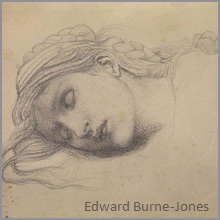

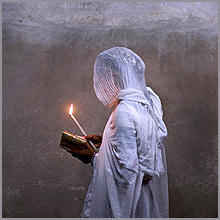
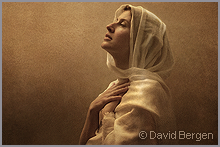
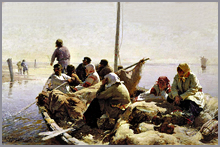
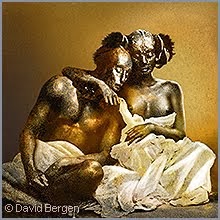


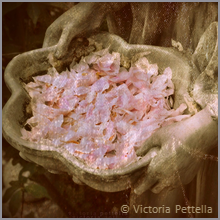
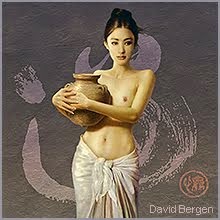

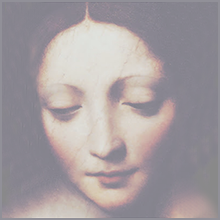

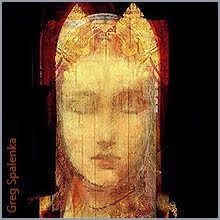
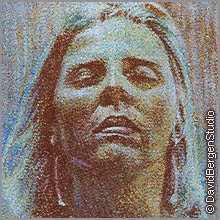











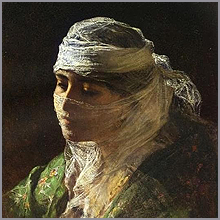
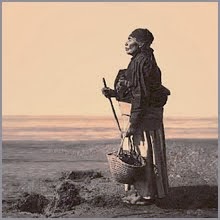

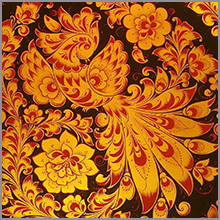

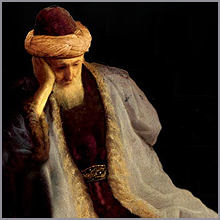
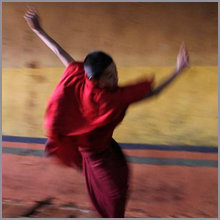





A very touching story of true compassion and universal love that the life of Martin embodied. Even though Martin had nothing to give, he still found some way to give. It reminds me of the story of the Zen master and a thief:
ReplyDeleteA Zen Master lived the simplest kind of life in a little hut at the foot of a mountain. One evening, while he was away, a thief sneaked into the hut only to find there was nothing in it to steal. The Zen Master returned and found him. "You have come a long way to visit me," he told the prowler, "and you should not return empty handed. Please take my clothes as a gift." The thief was bewildered, but he took the clothes and ran away. The Master sat naked, watching the moon. "Poor fellow," he mused, " I wish I could give him this beautiful moon." Compassion is the expression of the light we have within. Thank you for this wonderful blog!
Thank you Joseph, for this little gem of a story about the Zen master, which indeed carries the same spirit as the legend of Martin does: that of a compassionate heart.
ReplyDelete